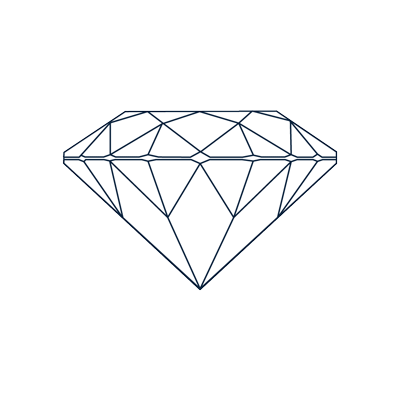D
E
F
G
H
I
J
K
L
M
N
O
P
Q
R
S
COLORLESS NEAR COLORLESS
FAINT YELLOW VERY LIGHT YELLOW
























